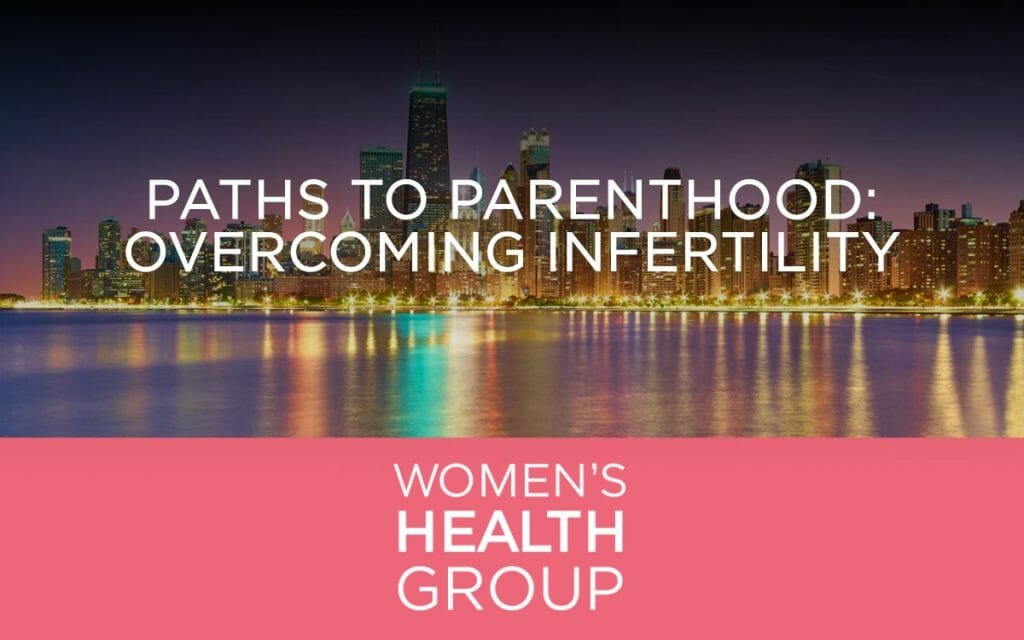Understanding Infertility
Infertility is a challenge that many couples face when trying to conceive. According to the Mayo Clinic, about 10 to 15 percent of couples in the United States are infertile, meaning they have not been able to conceive despite having frequent, unprotected sex for a year or more. Infertility can stem from issues with either partner and is not limited to women alone. As a Women’s Health Group in Chicago, Illinois, our focus is on supporting women through their journey of understanding and overcoming infertility.
Common Causes of Infertility in Women
There are numerous potential causes of infertility in women. They include: age, as fertility naturally decreases with age; ovulatory disorders, which can prevent the ovaries from releasing eggs; uterine or cervical abnormalities, such as polyps in the uterus; and endometriosis, a condition where endometrial tissue grows outside the uterus. Other factors such as certain medications, chronic diseases, lifestyle factors, and certain cancers and their treatments may also play a role in infertility.
Diagnosis and Evaluation
If you have been trying to conceive for a year or more without success, it may be time to consult with a healthcare professional. Evaluation may include a thorough medical history, physical examination, and various tests to identify potential causes of infertility. These tests might include ovulation testing, hysterosalpingography to examine the condition of the uterus and fallopian tubes, ovarian reserve testing, and hormone testing. Making a precise diagnosis is paramount in charting the right path to parenthood.
Treatment Options for Infertility
The treatment for infertility depends largely on the cause, the duration of infertility, the age of the individuals involved, and personal preferences. Some of the commonly recommended treatments include:
- Fertility drugs to regulate or induce ovulation.
- Intrauterine insemination where healthy sperm are placed directly in the uterus around the time the ovary releases one or more eggs to be fertilized.
- Assisted reproductive technology such as in vitro fertilization (IVF).
Surgery might be recommended for conditions such as endometriosis or fallopian tube blockage. For those who might not be able to become pregnant with their own eggs or carry a pregnancy to term, options might include using donor eggs or embryos or even a gestational carrier.
Emotional Aspects of Infertility
Dealing with infertility can be highly stressful and emotionally draining. It’s important to acknowledge these feelings and seek support. Many find it helpful to join a support group or consult with a counselor with expertise in dealing with infertility. Remember, it’s perfectly fine to take time out for self-care and relaxation.
The Journey to Parenthood
The journey to parenthood may be differently charted for different individuals. Assisted reproductive technology has advanced significantly in recent years, enhancing the possibilities of parenthood for many couples. Adoption and fostering are also rewarding paths that many choose to embrace.
At the end of the day, infertility is a medical condition that can be addressed in several ways. As healthcare providers who specialize in obstetrics and gynecology in Chicago, we are committed to helping our patients understand their options and make the best decisions for them on their unique paths to parenthood. We believe that everyone who dreams of being a parent deserves the opportunity and support to realize that dream.
Finding the support and resources to navigate infertility can be a challenge. Organizations like the Mayo Clinic and Women’s Health provide educational content and resources that can be extremely valuable on your journey to parenthood.
Wrapping Up
There are many paths to parenthood and overcoming infertility requires resilience, perseverance, and, often, medical support. As a Women’s Health Group based in Chicago, we believe that information and understanding are critical first steps in this journey. So, explore, learn, and remember, you’re not alone in this. We’re here to walk this path with you.




